Super smart, feisty, bold, and eager to dig, this terrier is a handful!

Russell Terrier Spotlight
- Overall healthy breed
- Often confused with other terriers with a similar appearance
- High energy levels
- Easy to train
- Intelligent and active
- Require a lot of exercise
- High prey drive
- Born to dig
History
The Russell Terrier originated in England and was developed in Australia. The breed was developed from Reverend John “Jack” Russell’s distinct line of working terriers that were bred to hunt fox in the 1800s. The public began referring to the breed and similar other breeds as the “Jack: Russell Terrier” only after the Reverend’s death in 1883.
The term Jack Russell Terrier is common in some parts of the world today, but it refers to working terrier breeds that with predominantly white coats more than it refers to the specific Russell Terrier breed.
The Russell Terrier is relatively new in terms of official breed standards and did not receive American Kennel Club recognition until 2012. The Russell Terrier currently ranks 108th on the AKC’s most popular dog breed list.
Personality & Temperament
Russell Terriers are highly energetic and are most compatible with active families. They love to be outside and if properly trained and socialized they will be happy to join their owners on adventures. They do not adapt well to being left alone for extended periods of time and can easily develop separation anxiety.
Those who are not home much and do not intend to take their dogs with them when they are on the go may want to consider other breeds before committing to a Russell Terrier. They are intelligent dogs and mental stimulation is just as important to their health as physical activity is. They are full of personality and can be an excellent source of entertainment for their owners.
Most properly trained and socialized Russell Terriers are well-behaved around children and other dogs and are about as friendly with strangers as they are with their owners. However, terriers are known to get scrappy with other dogs from time to time and the Russell Terrier is no exception. Russell Terriers are easy to train due to their intelligence and eagerness to learn.
They are recommended companions for first-time dog owners, although it should be noted that a firm hand is important in preventing the Russell Terrier from developing small dog syndrome or related behavioral issues, such as excessive barking and weariness of strangers. These working dogs were initially bred to hunt and they retain a high prey drive to this day.
Appearance & Grooming
The Russell Terrier is compact and agile. It is predominantly white in color and can have up to five different patterns. The body is just barely longer than it is tall. The triangular ears are not too big and fold downward over the sides of the face. Pricked ears of any sort will automatically disqualify a dog. The dark, oval-shaped eyes are not a focal point of the face. Rims around the eyelids should always be black.
The hindquarters are bulky and strong so as to provide support for all of the running, jumping and chasing the Russell Terrier is likely to do. The coat includes both a soft undercoat and a harsh outer coat. The stomach and other underside regions should be covered with a sufficient layer of hair. No specific grooming techniques are required to give the Russell Terrier a distinct, breed-specific look.
Russell Terriers can have smooth, broken or rough coats and all three types require slightly different approaches to grooming. All Russell Terriers shed, but regular brushing can help to keep shedding under control.
Health
- Deafness is somewhat common in Russell Terriers, and it is especially common in aging Russell Terriers. Signs of complete deafness or developing deafness include a lack of responsiveness to sounds from toys, sounds around or outside of the home and even to its own name.
- Legg-Calves-Perthes disease or LCPD is somewhat common in Russell Terriers. It occurs during a dog’s developmental phase and affects the bones and joints in the leg. If a dog has LCPD, the bone in will begin to die and the dog will likely contract arthritis. LCPD is typically observed in dogs who are less than one year of age and is not more common in one sex than the other. Signs that a dog is experiencing LCPD include difficulty getting around and a preference for using one leg more than the other.
- Patellar luxation or kneecap dislocation is common in many toy and miniature breeds and is sometimes observed in Russell Terriers due to their small size. The dog will only feel pain at the moment the dislocation occurs. Signs that a dog has a dislocated kneecap include lameness, sporadic skipping and irregular movement.
Exercise & Care
Russell Terriers need a lot of exercise in order to remain happy and healthy. Long walks are recommended multiple times per day along with the occasional jog. They love to run around off-leash, so owners without access to an enclosed yard will want to take their Russell Terriers to a safe, fenced area for playtime as often as possible. Russell Terriers that do not get sufficient exercise are likely to become unhealthy and to display behavioral problems.
Remember that Russell Terriers have a high prey drive due to their fox hunting history. Russell Terriers that are not restrained on a leash or in an enclosed area are almost guaranteed to chase after anything if they get the chance. For this reason, Russell Terriers should always be supervised and restrained with either a leash or a secure fence.
The best way to keep your Russell Terrier happy is to include it in your errands and adventures as often as possible. Each individual dog will have varying nutritional needs so be sure to work closely with your breeder and veterinarian to determine a feeding routine and a type of food that works best for your dog.
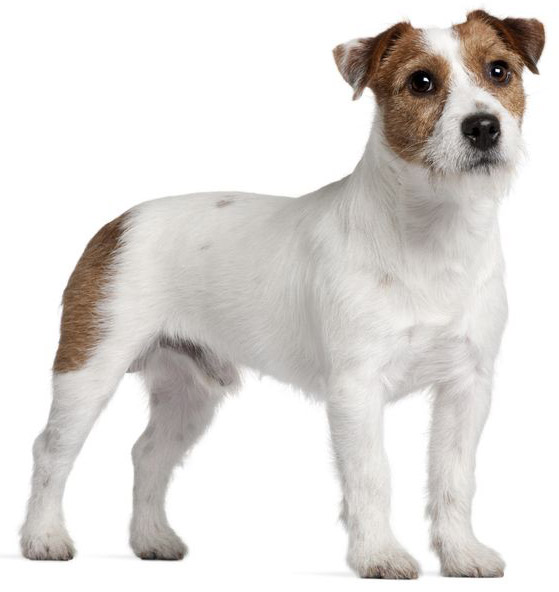
 England
England
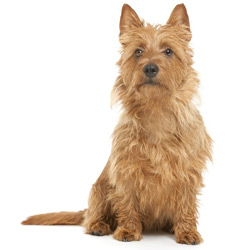
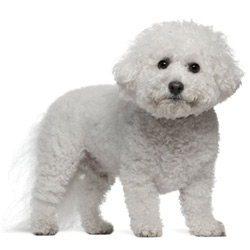
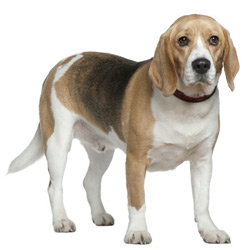
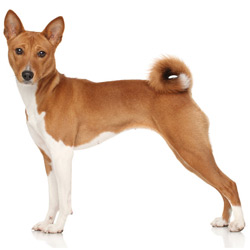
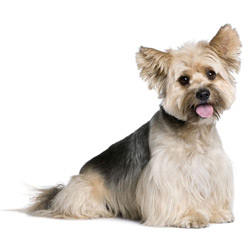
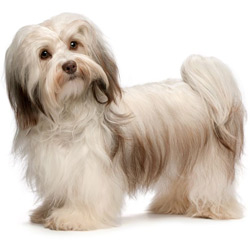
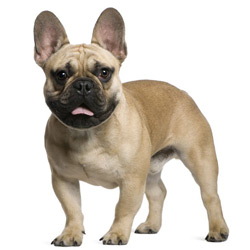
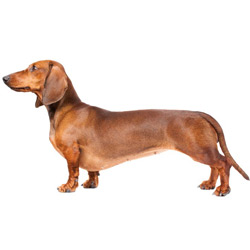
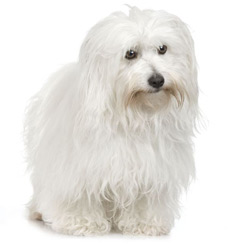
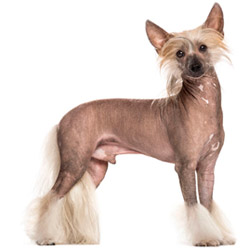
What do you think?